This song is performed throughout Andalusia during the Holy Week processions.. It is not really a solid independent style, but, using a lyric alluding to the passion of Christ, a song by the tonás group is performed: seguiriya, hammer, trunks, jailer- and is decorated with a greater number of melismas, although the main outline of the melody remains intact. The word saeta comes from the first songs made by the brothers of Mortal Sin and those of Aurora back in the 18th century., but as a popular song it was born around 1840, highlighting the old Cordoba, the Puente Genil barracks or the Samaritan of Castro del Río. It could have been Enrique el Mellizo who sang for the first time before a processional image in the Cádiz neighborhood of Santa María, but there is no written record of this. What is certain is that a few years later the saeta would reach its splendor in the voices of El Gloria, Manuel Centeno, Manuel Torre, The Girl with the Combs, Manuel Vallejo and, above all, the Alfalfa Girl.
Arrows
Upload/Select an audio or use external audio url to work this widget.
Upload/Select an audio or use external audio url to work this widget.
Upload/Select an audio or use external audio url to work this widget.
Upload/Select an audio or use external audio url to work this widget.
Upload/Select an audio or use external audio url to work this widget.
Upload/Select an audio or use external audio url to work this widget.
Upload/Select an audio or use external audio url to work this widget.
Upload/Select an audio or use external audio url to work this widget.
Upload/Select an audio or use external audio url to work this widget.
Upload/Select an audio or use external audio url to work this widget.
Upload/Select an audio or use external audio url to work this widget.



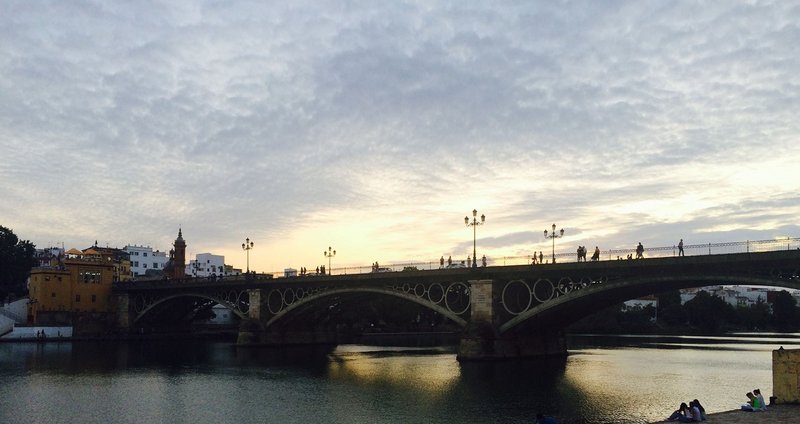 Sevilla
Sevilla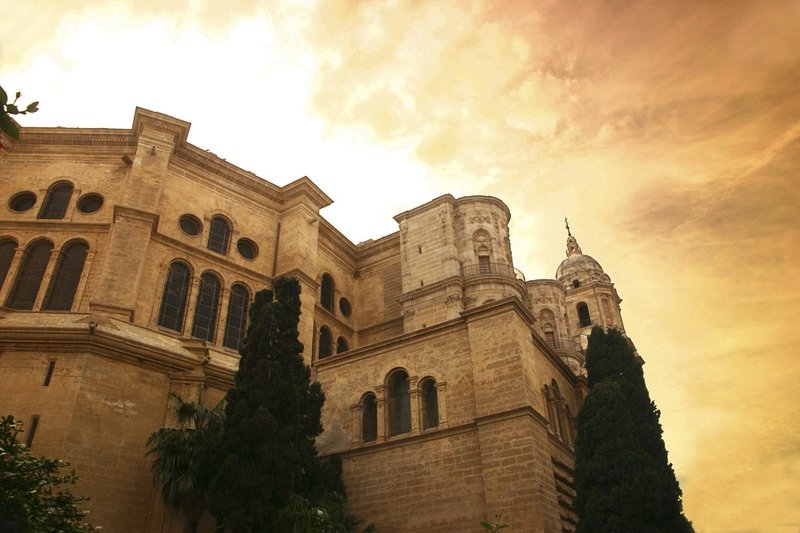 Málaga
Málaga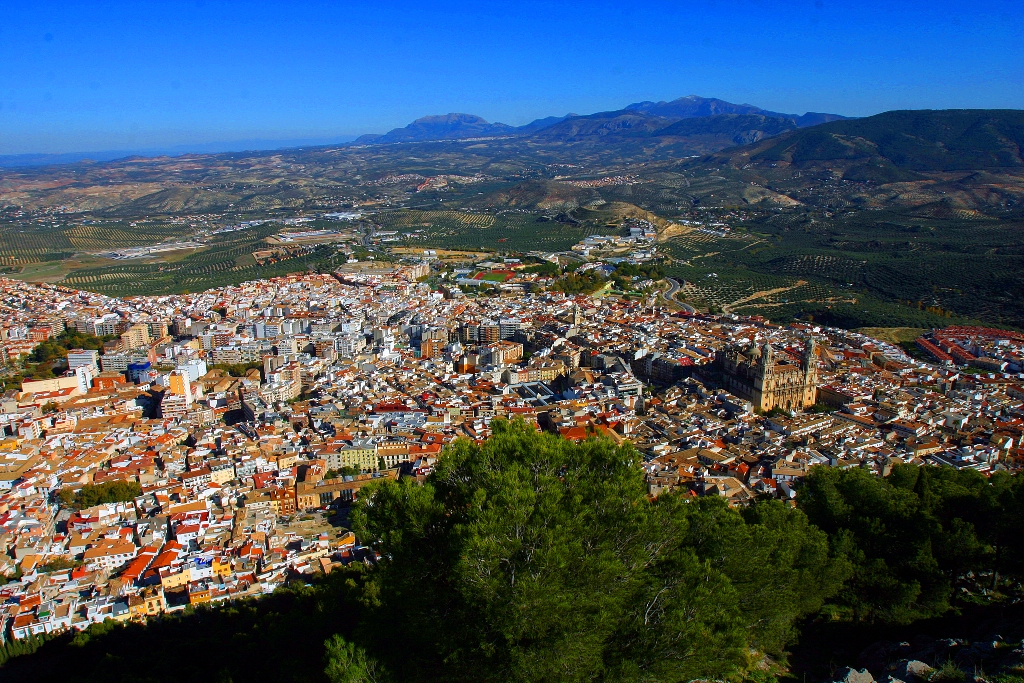 Jaen
Jaen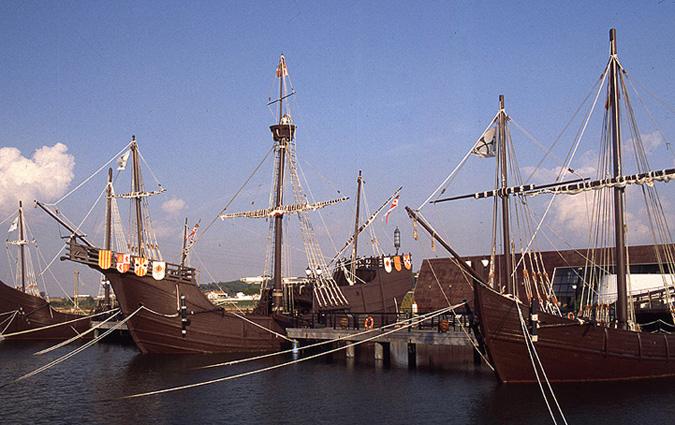 Huelva
Huelva Granada
Granada Córdoba
Córdoba Cadiz
Cadiz Almeria
Almeria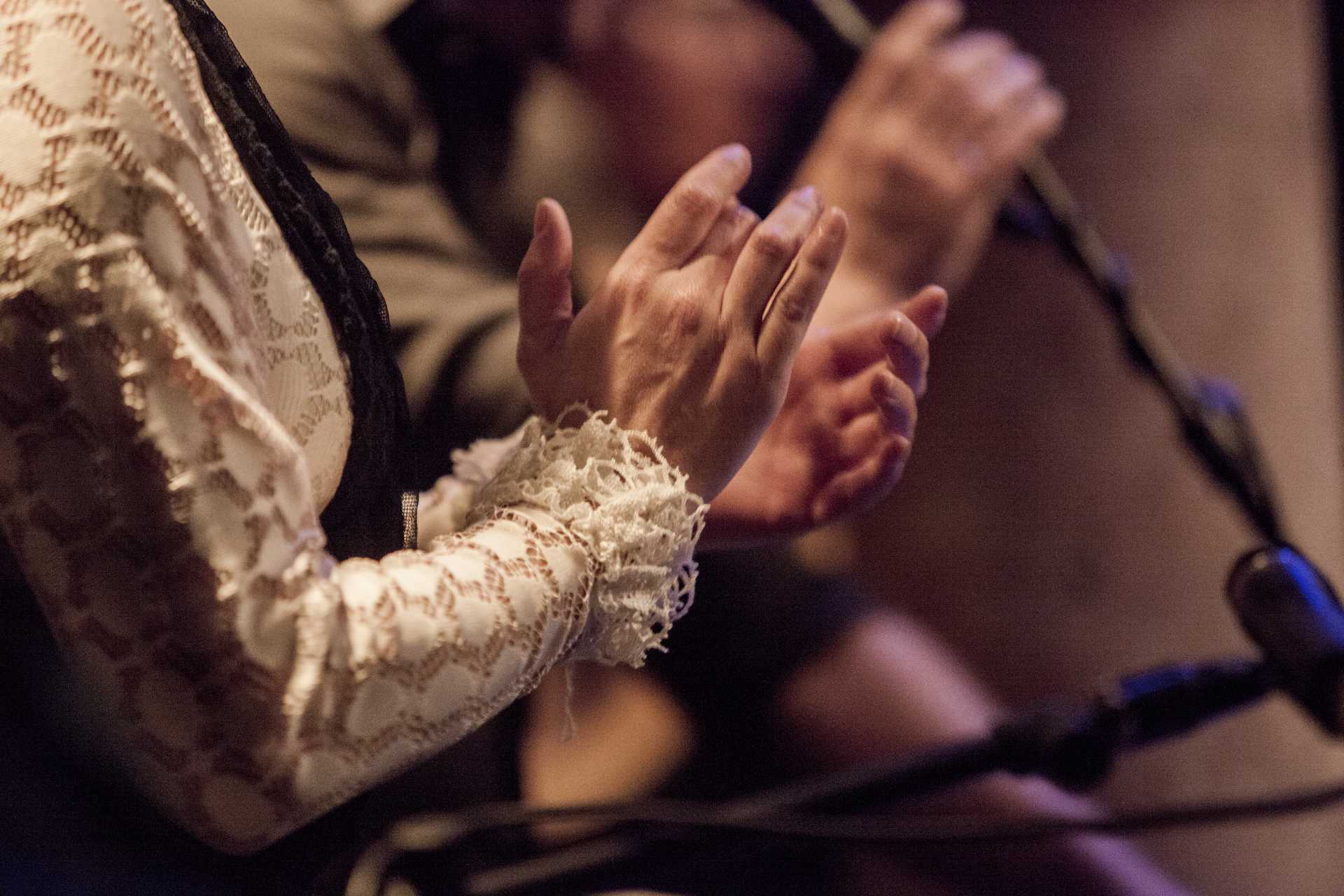 A tourist and cultural vision of flamenco
A tourist and cultural vision of flamenco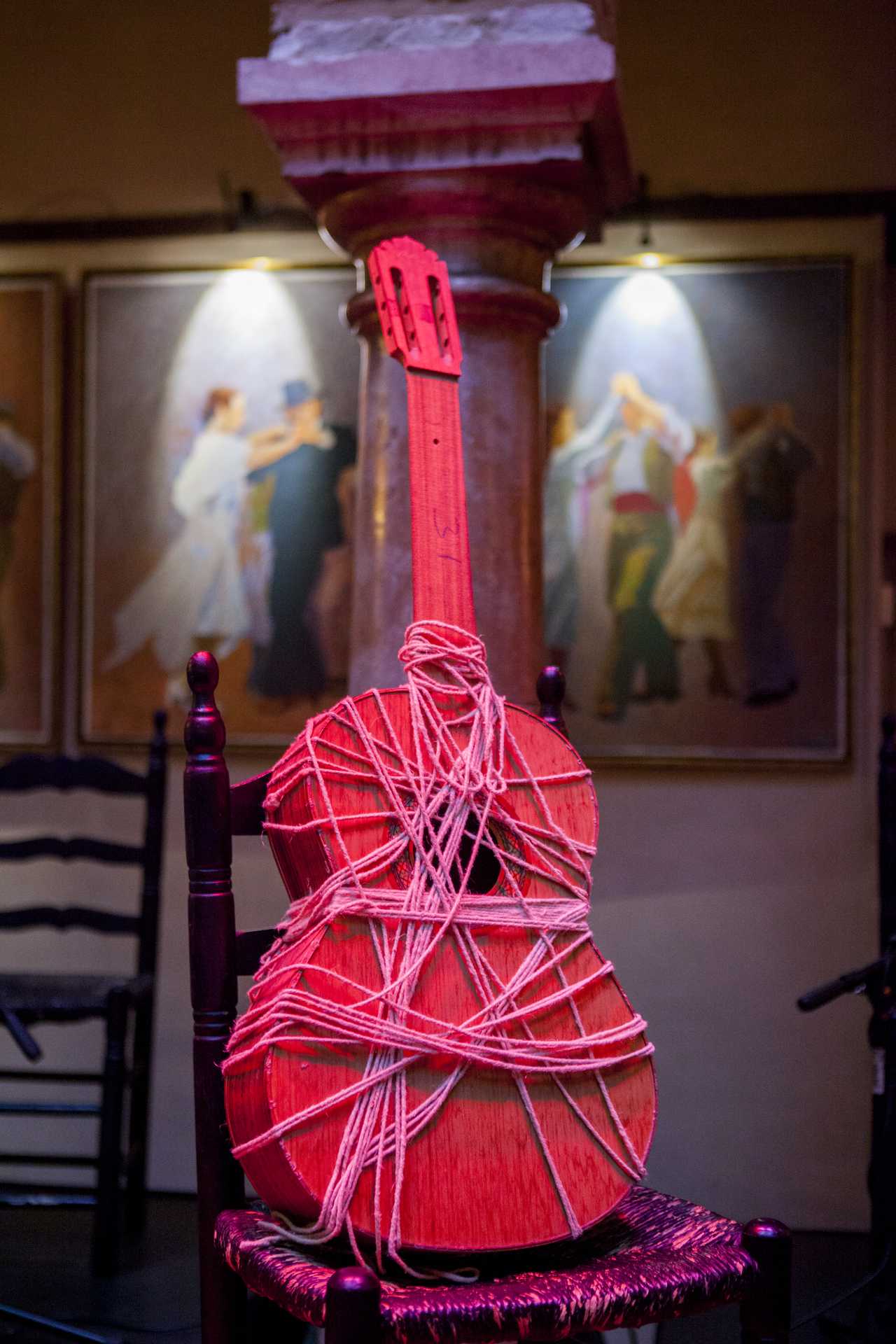 The Guitar, last to join.
The Guitar, last to join.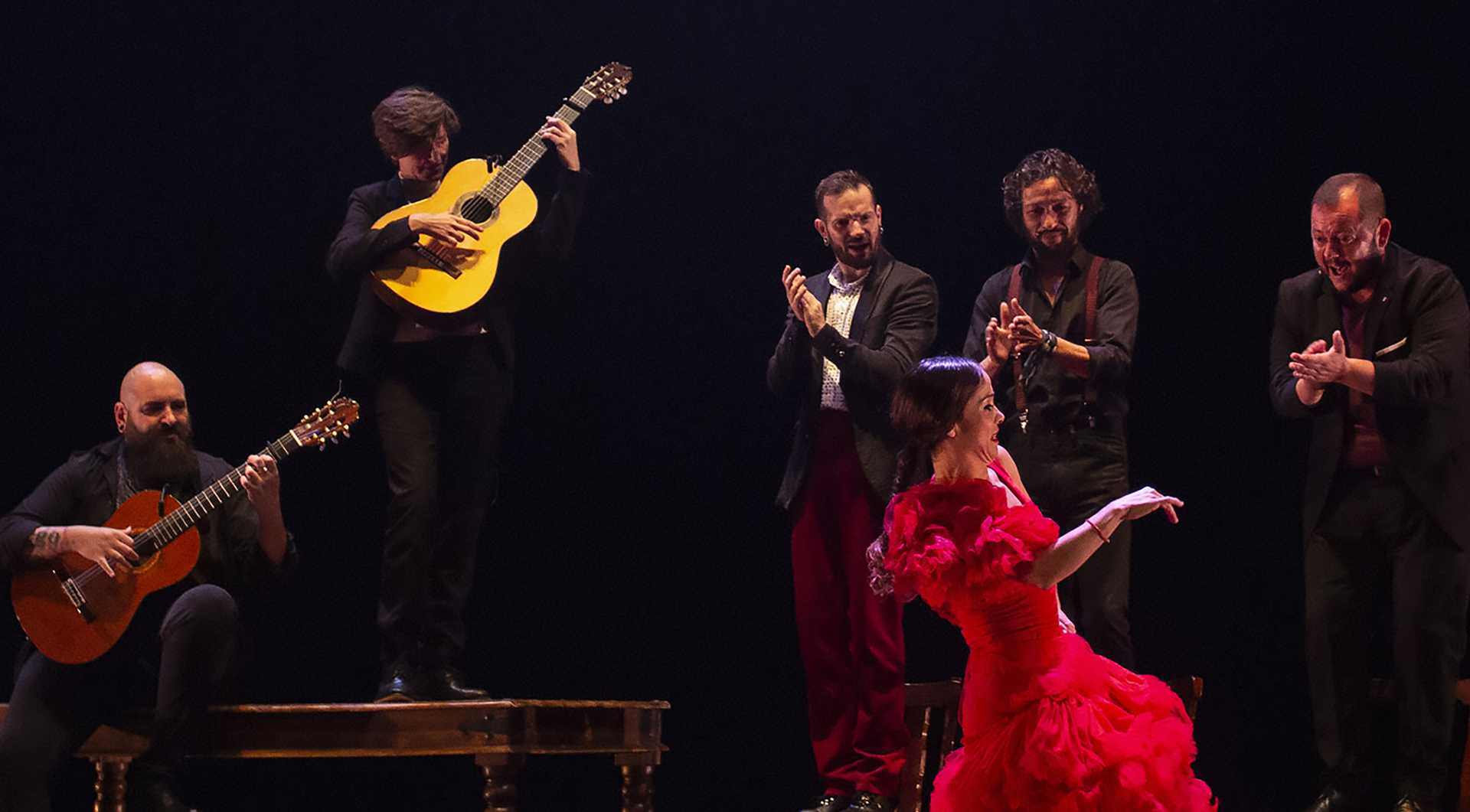 The history of flamenco with respect to its geographical distribution
The history of flamenco with respect to its geographical distribution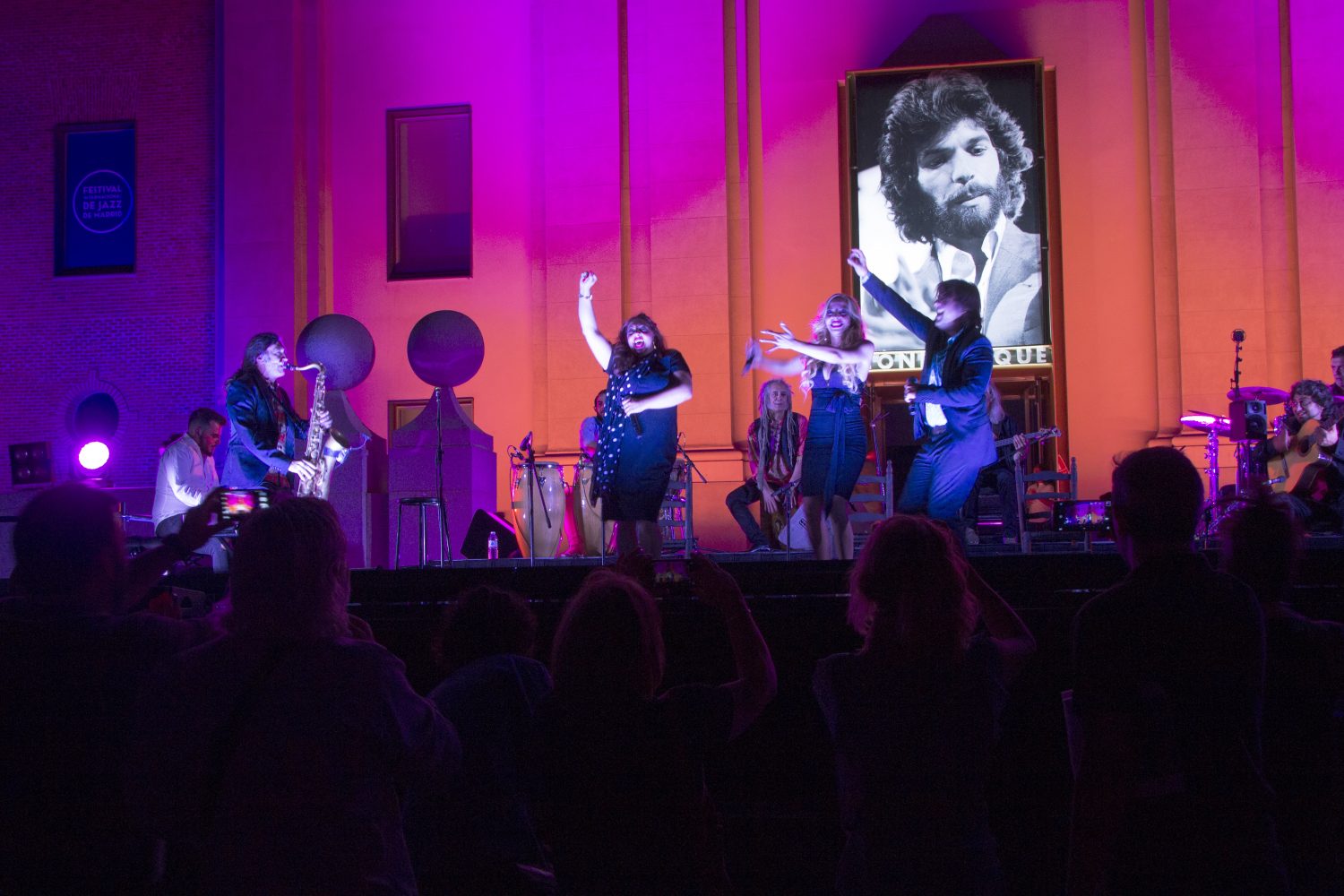 The present and future of the genre. The Fourth Golden Key of Singing.
The present and future of the genre. The Fourth Golden Key of Singing.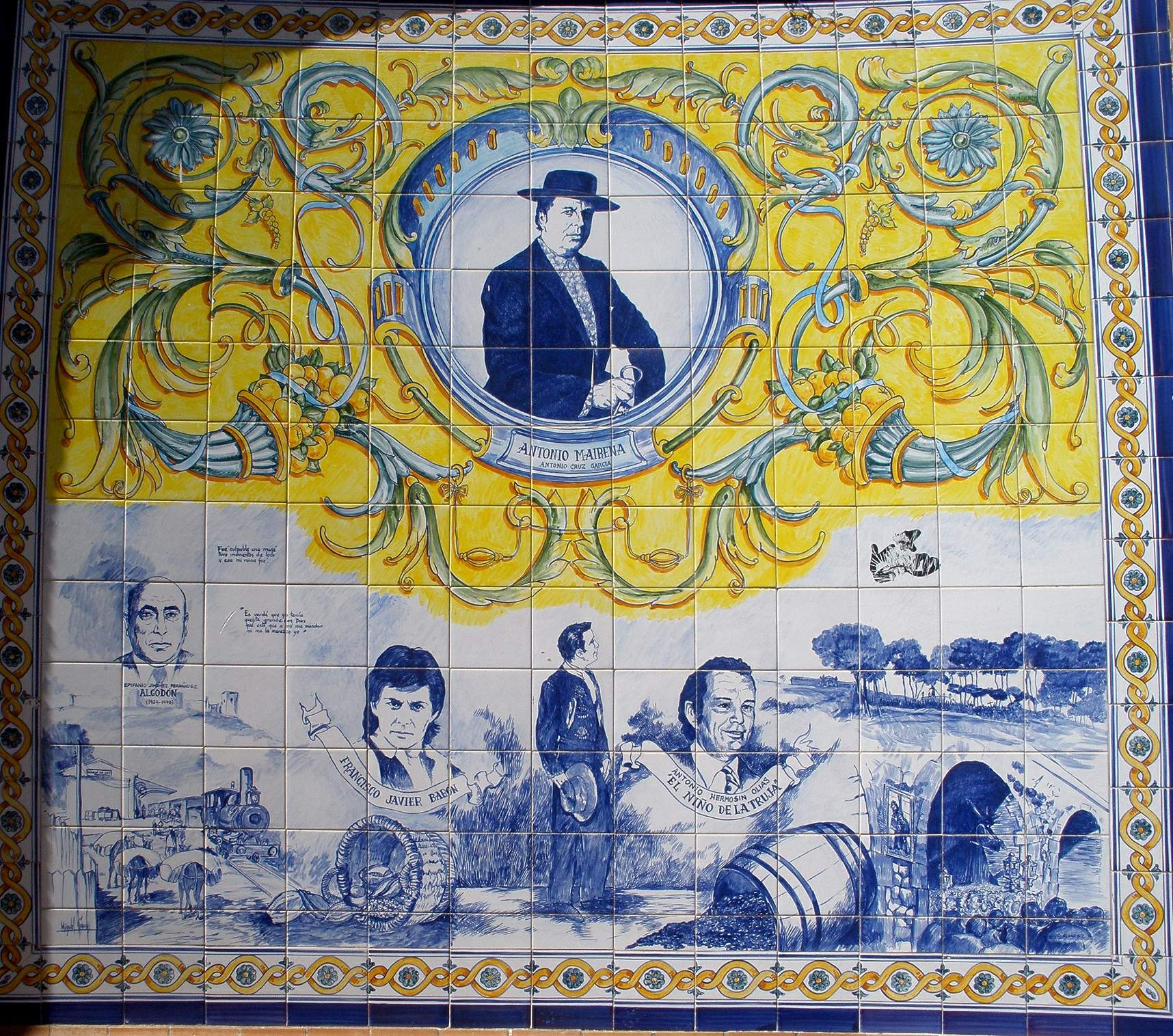 The festivals
The festivals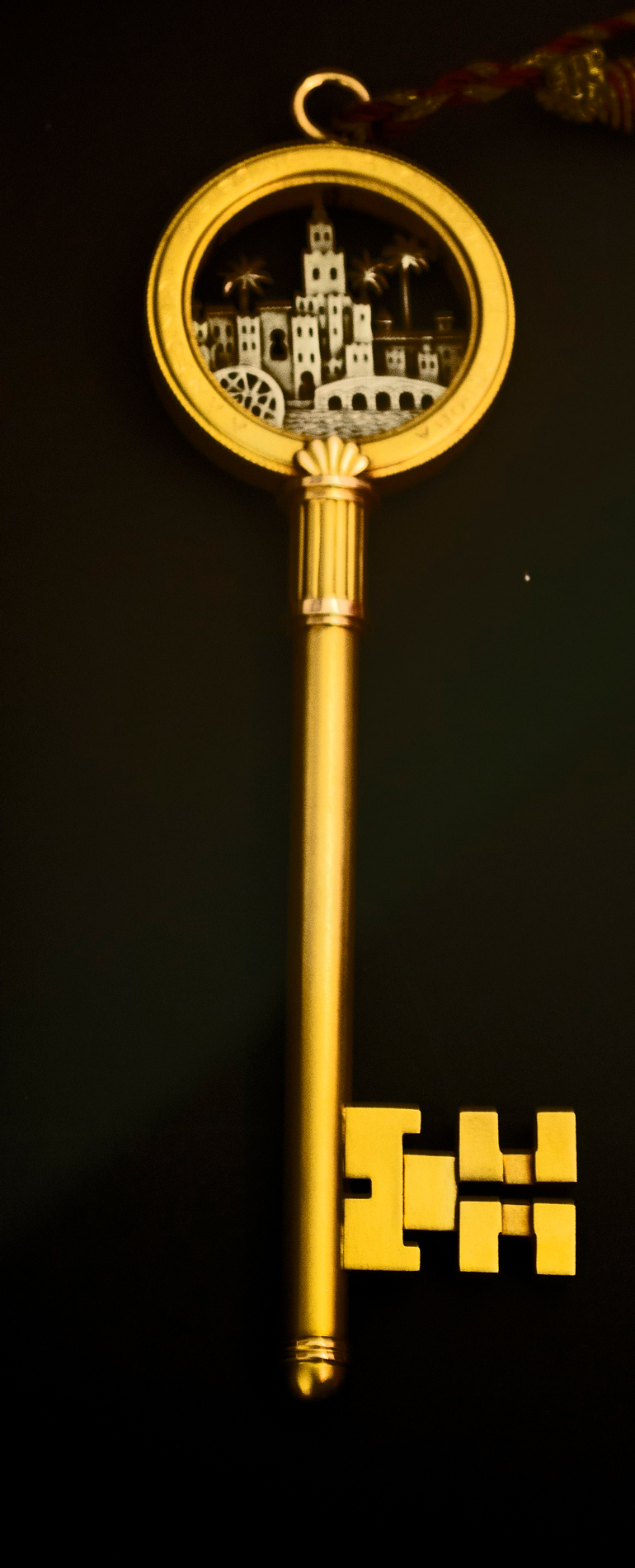 Revaluation of flamenco. Third Golden Key of Singing
Revaluation of flamenco. Third Golden Key of Singing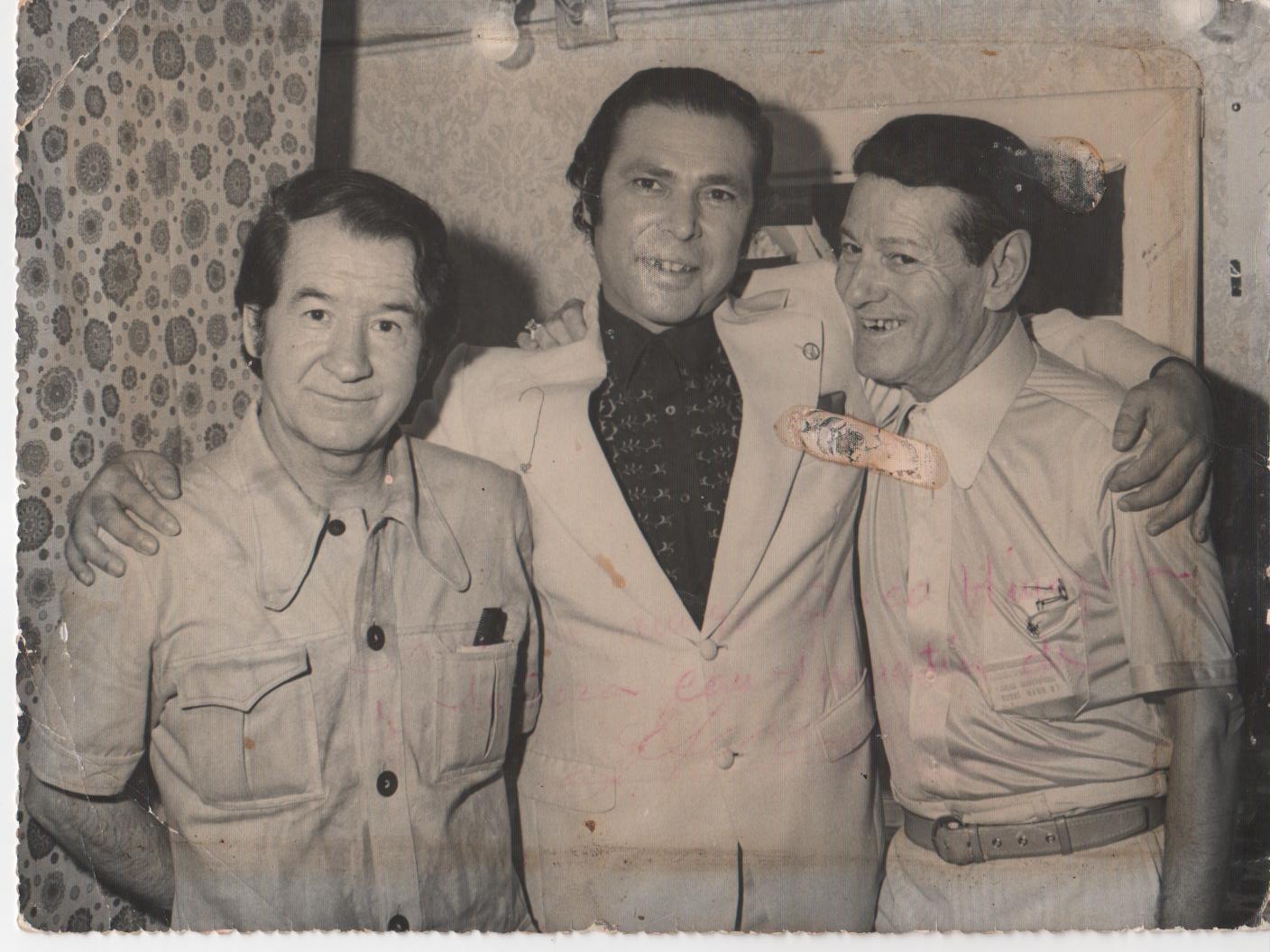 The Flamenco Opera
The Flamenco Opera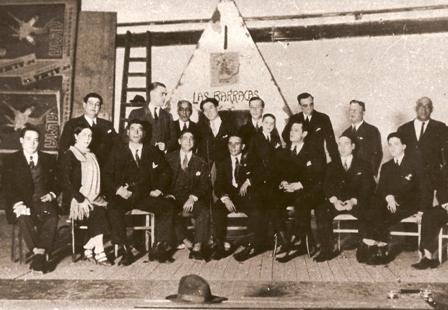 Flamenco in Madrid. The Pavón Cup. Second Golden Key of Singing
Flamenco in Madrid. The Pavón Cup. Second Golden Key of Singing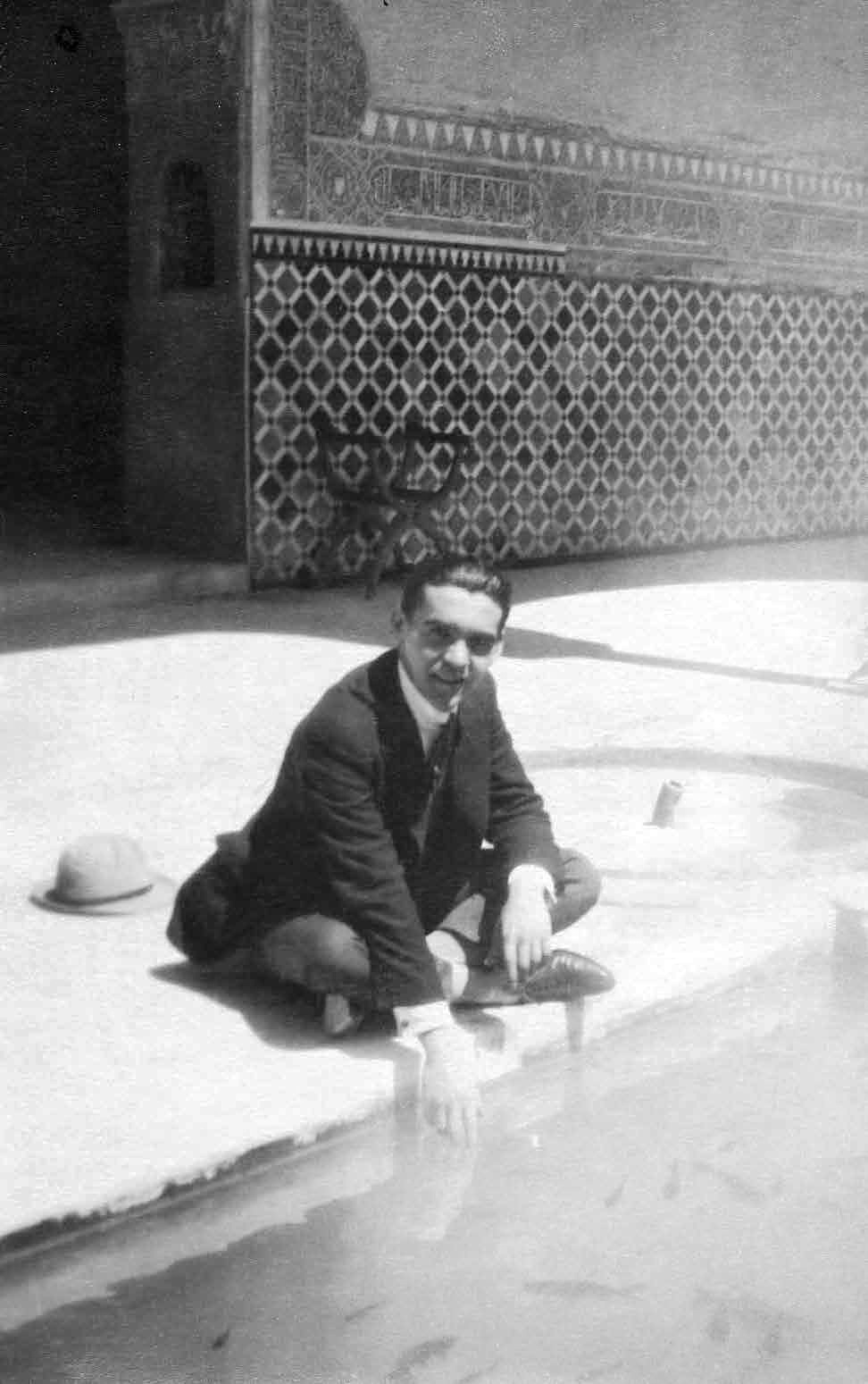 The contest that took place in 1922 in Granada
The contest that took place in 1922 in Granada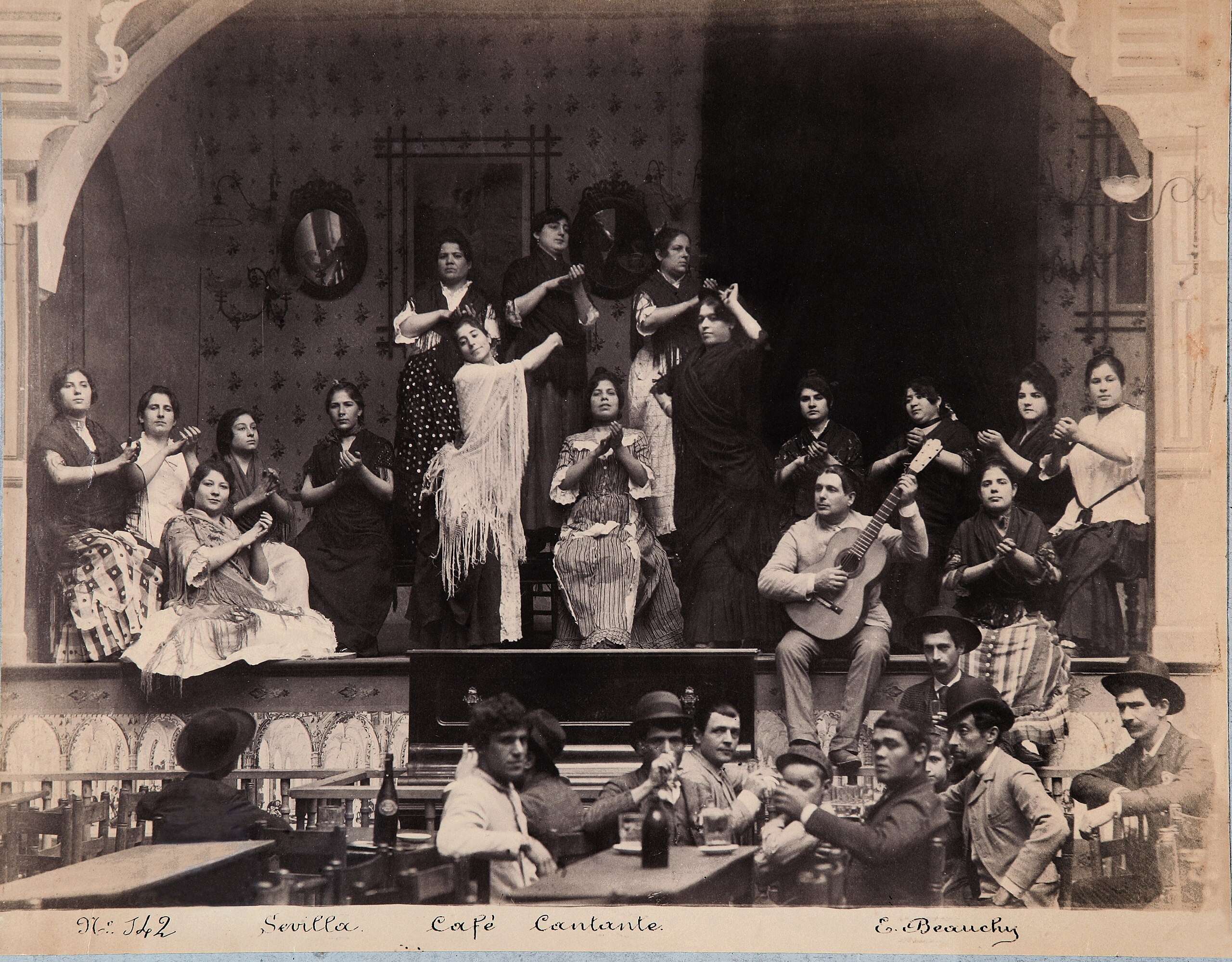 The great creators. The Golden Age. The Singing Cafes
The great creators. The Golden Age. The Singing Cafes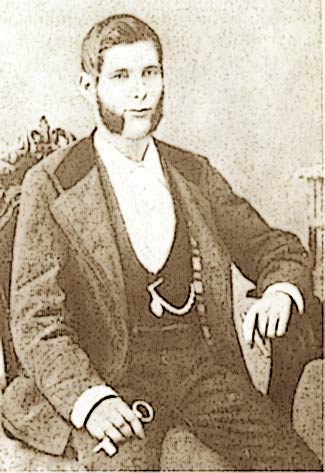 Evolution. Hermetic Stage. First singers
Evolution. Hermetic Stage. First singers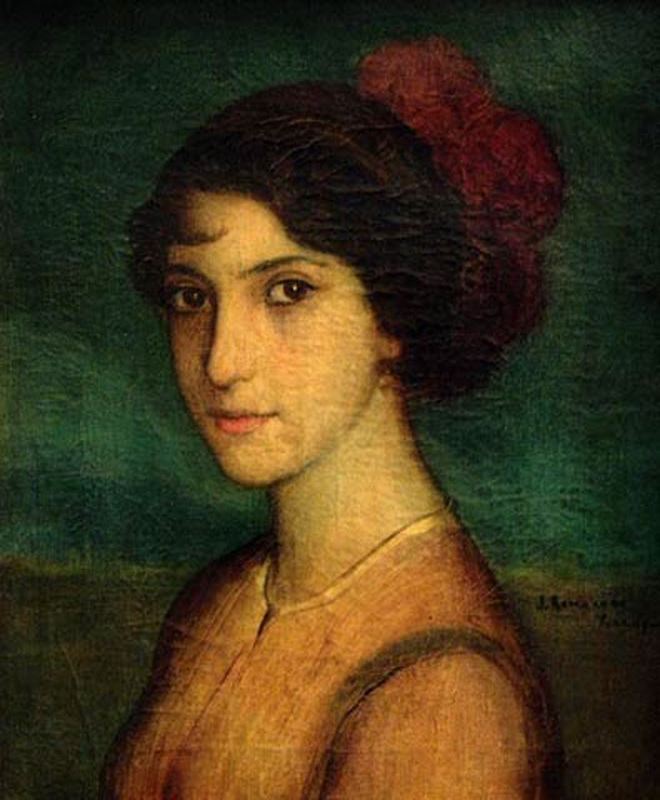 Origin of the word “flamenco”
Origin of the word “flamenco”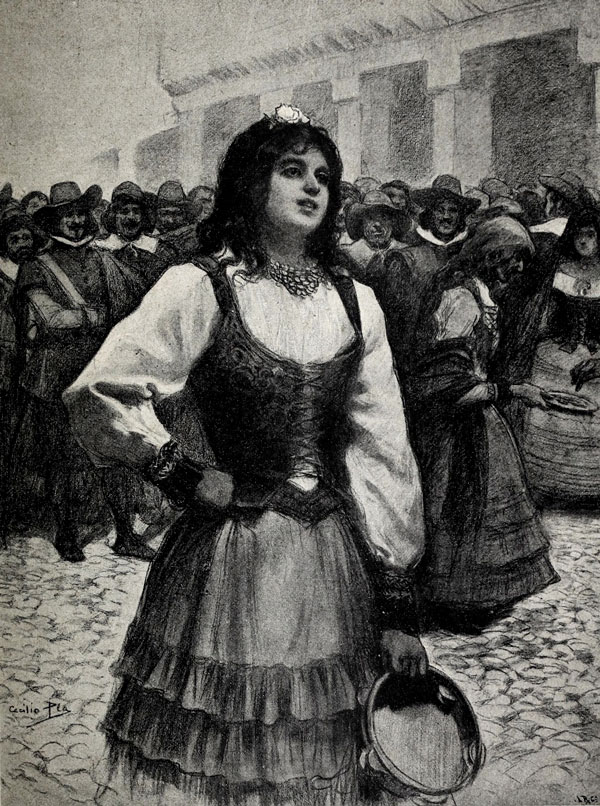 First written references
First written references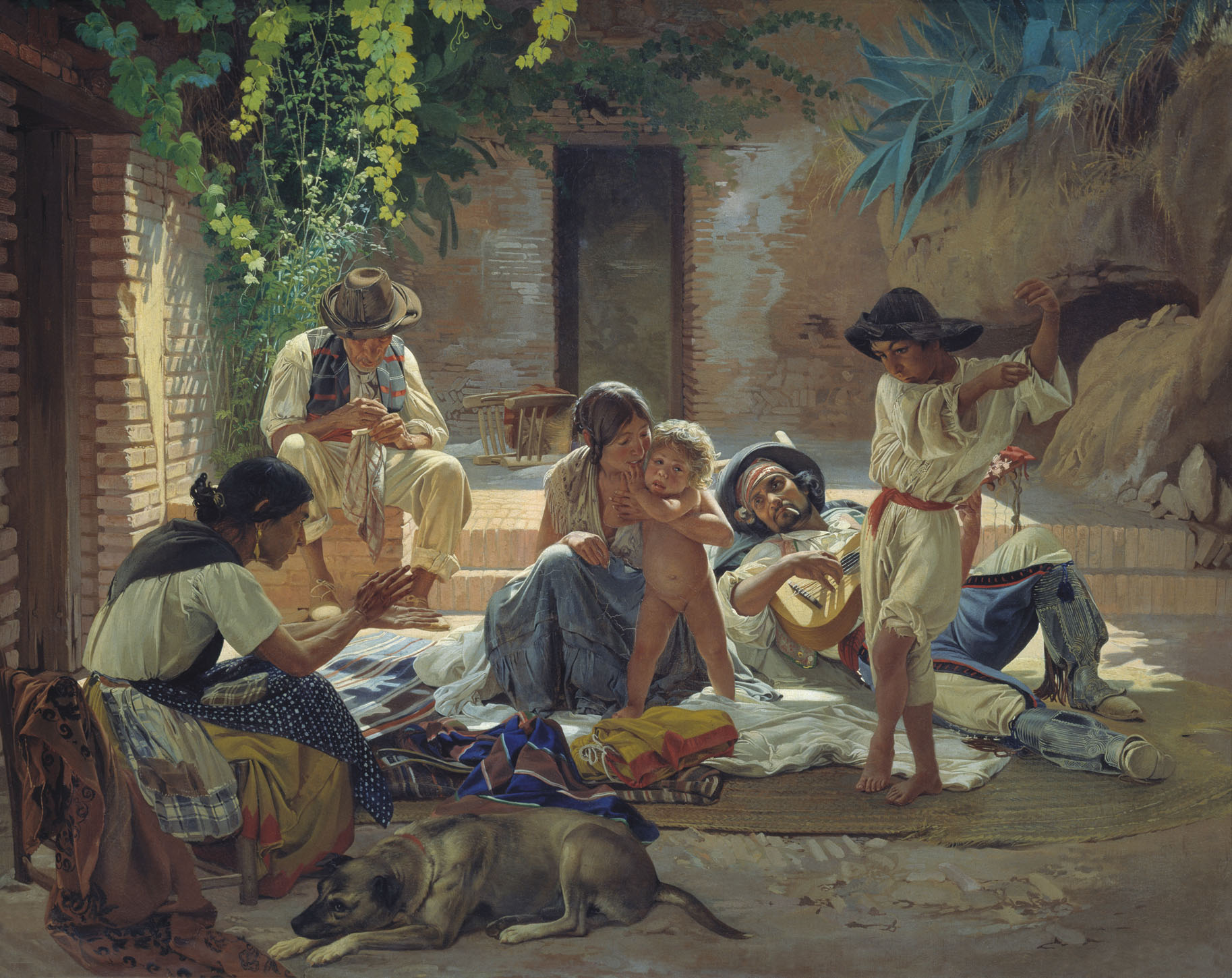 Musical background
Musical background